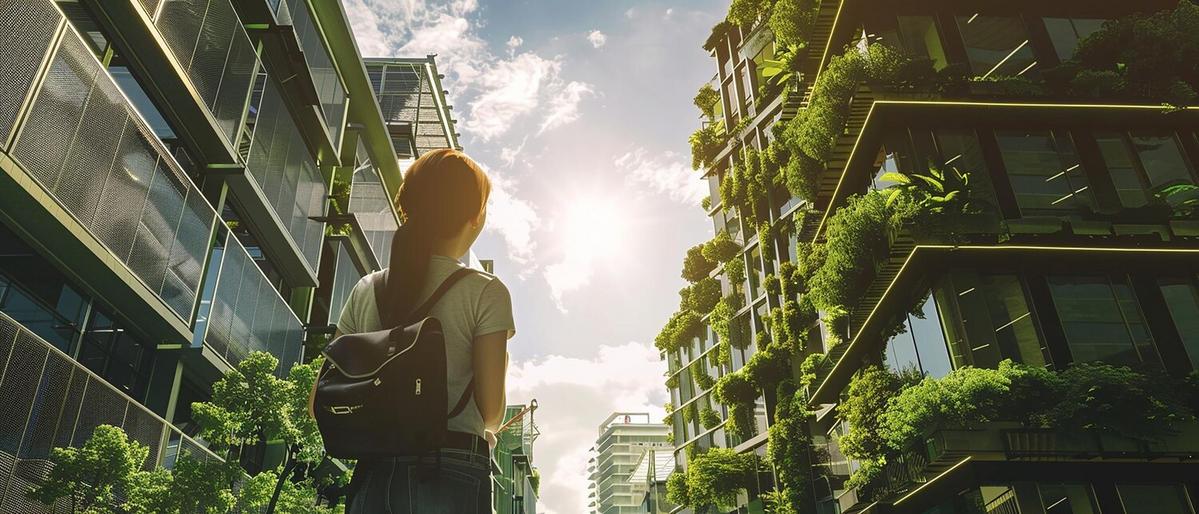
The Rise of Eco-Friendly Homes: What Buyers Need to Know
Eco-friendly homes are rapidly gaining traction in the real estate market as more buyers prioritize sustainability and environmental impact in their purchasing decisions.
The Growing Demand for Eco-Friendly Homes
With increasing awareness of climate change and environmental sustainability, the demand for eco-friendly homes has surged. A recent study by the National Association of Realtors found that 59% of homebuyers are interested in sustainability, with energy efficiency being a top priority.
Expert Insights
According to Emma Green, a sustainability consultant, “The rise in eco-friendly homes is not just a trend but a necessary shift in how we think about housing. Buyers are looking for homes that minimize environmental impact while maximizing energy efficiency.”
Key Features of Eco-Friendly Homes
- Energy-efficient appliances and lighting
- Solar panels and renewable energy sources
- Water-saving fixtures and systems
- Sustainable building materials
- Smart home technology for energy management
Statistics on Eco-Friendly Homes
The U.S. Green Building Council reports that homes with green certifications typically see an increase in value by up to 8% compared to non-green homes. Additionally, eco-friendly homes can reduce utility bills by 30-50%.
Personal Experience
Maria, a recent eco-home buyer, shares, “Living in a green home has not only reduced my carbon footprint but also significantly lowered my energy bills. It feels good to contribute to a healthier planet.”
Actionable Tips for Buyers
- Research green certifications like LEED or Energy Star.
- Consult with a real estate agent who specializes in sustainable properties.
- Consider the long-term savings on utilities when budgeting for an eco-friendly home.
Comparison Table: Traditional vs. Eco-Friendly Homes
| Feature | Traditional Homes | Eco-Friendly Homes |
|---|---|---|
| Energy Efficiency | Standard | High |
| Water Usage | High | Low |
| Building Materials | Conventional | Sustainable |
| Utility Costs | Higher | Lower |
| Environmental Impact | Higher | Lower |
| Value Increase | Standard | Up to 8% |
| Market Demand | Stable | Growing |
| Smart Technology | Less Common | More Common |
Frequently Asked Questions
Are eco-friendly homes more expensive?
While the initial cost may be higher, the long-term savings on utilities and increased property value can outweigh the initial investment.
What certifications should I look for?
Consider certifications like LEED, Energy Star, and Passive House for assurance of sustainability standards.
Conclusion
The rise of eco-friendly homes represents a significant shift towards sustainable living in real estate. By understanding the benefits and features of these homes, buyers can make informed decisions that align with their environmental values. As the market continues to evolve, investing in an eco-friendly home not only supports a sustainable future but also offers financial and lifestyle benefits.


